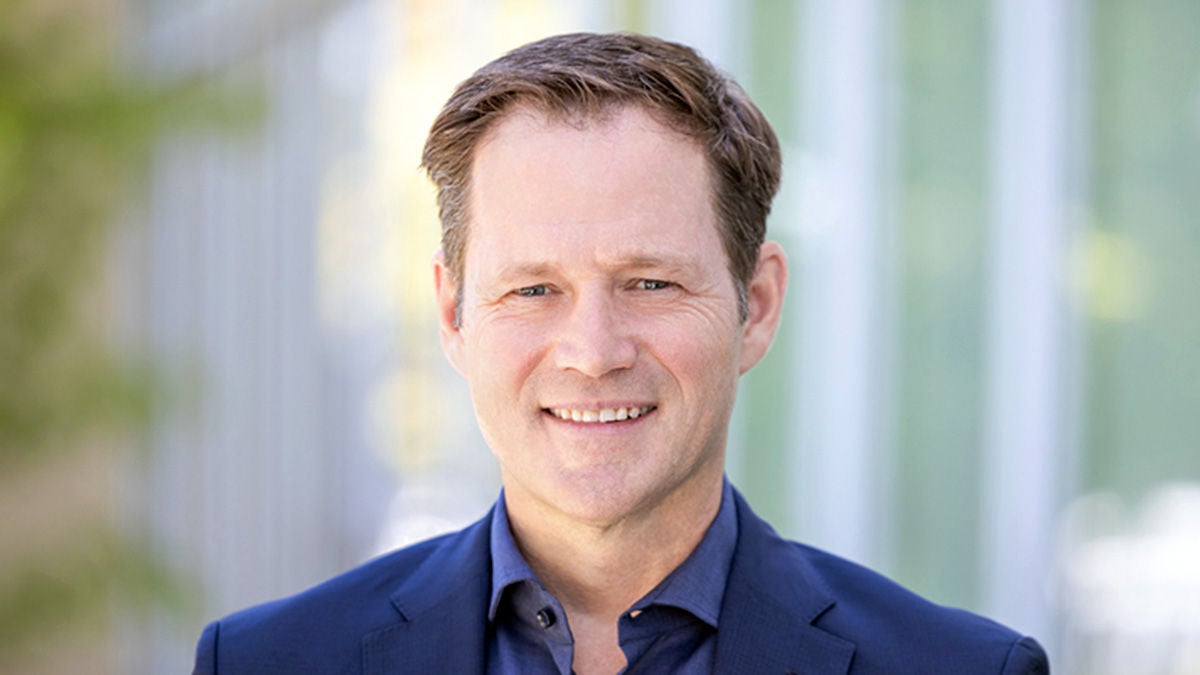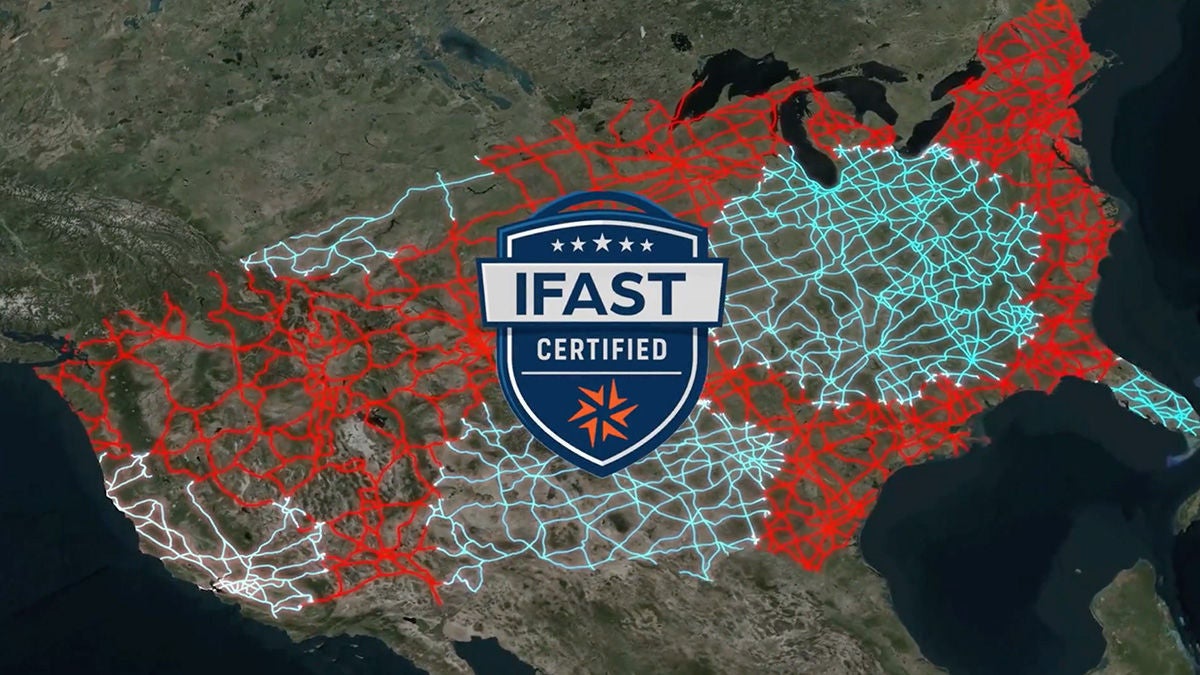Leading the way to a better future
Sustainable by design
We are committed to a sustainable business future for Calix, our customers and the communities they serve, through products, services and business practices that are environmentally, socially and financially responsible.

Calix Upgraded to Rating of AA From MSCI for Sustainability
A letter from the CEO
Our commitment to sustainability
Learn how our five pillars foster a comprehensive and impactful sustainability strategy.
Calix shifts to interactive web-based sustainability reporting
The Calix Chief Sustainabilty Officer questions the value of costly, quickly outdated Sustainability PDFs.
Stay informed
Sustainability news and insights from Calix
Calix Vision
A sustainable business future begins with us
- Technology innovation
- Culture and social impact
- Sustainable supply chain
- Sustainable enterprise
- Sustainable partnership
Calix focuses on durability, efficiency, and recyclability when building, managing, and maintaining sustainable networks. The goal is to reduce the overall network and supply chain carbon footprint, including space, waste, power, and cooling resources.
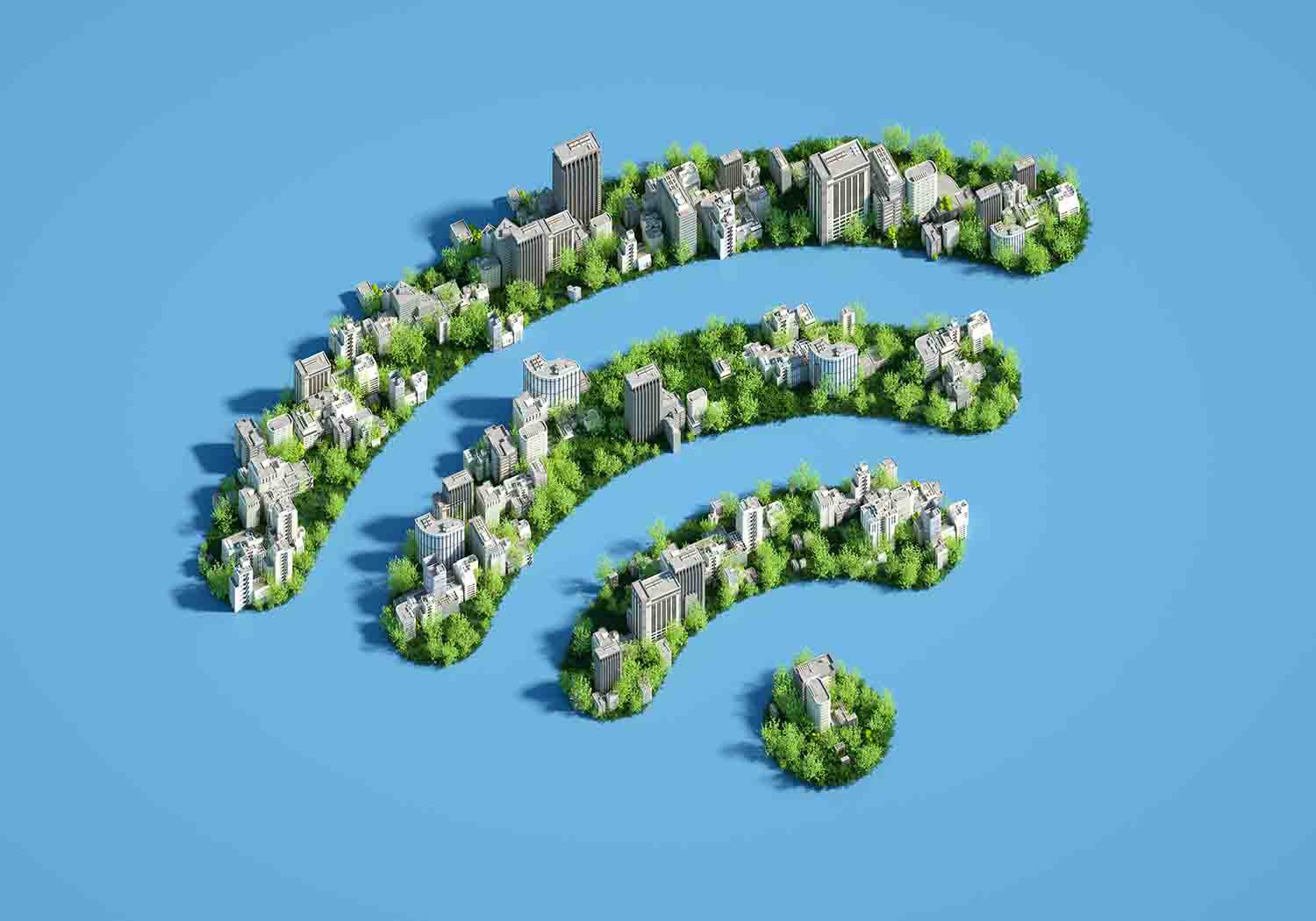
We are committed to creating a positive impact by leveraging our resources, expertise, and network to address pressing societal challenges. We believe by working together we can be a change agent that transforms communities for the better.
We will achieve this by promoting community outreach, diversity of thought and a positive work culture.

To pave the way toward a more sustainable future, learn how we're creating transparency throughout our supply network.

Calix is transforming its workplace and IT infrastructure to reduce greenhouse gas emissions and create a more sustainable, flexible, and employee-friendly enterprise.

To help our customers build their value in the communities they serve, we serve as a predictable, reliable partner who treats their data with the utmost care. We understand that our customers have a choice in who to partner with, which is why we have built business models to ensure that we grow value and success together.
See how Calix and CORI are driving rural growth with broadband

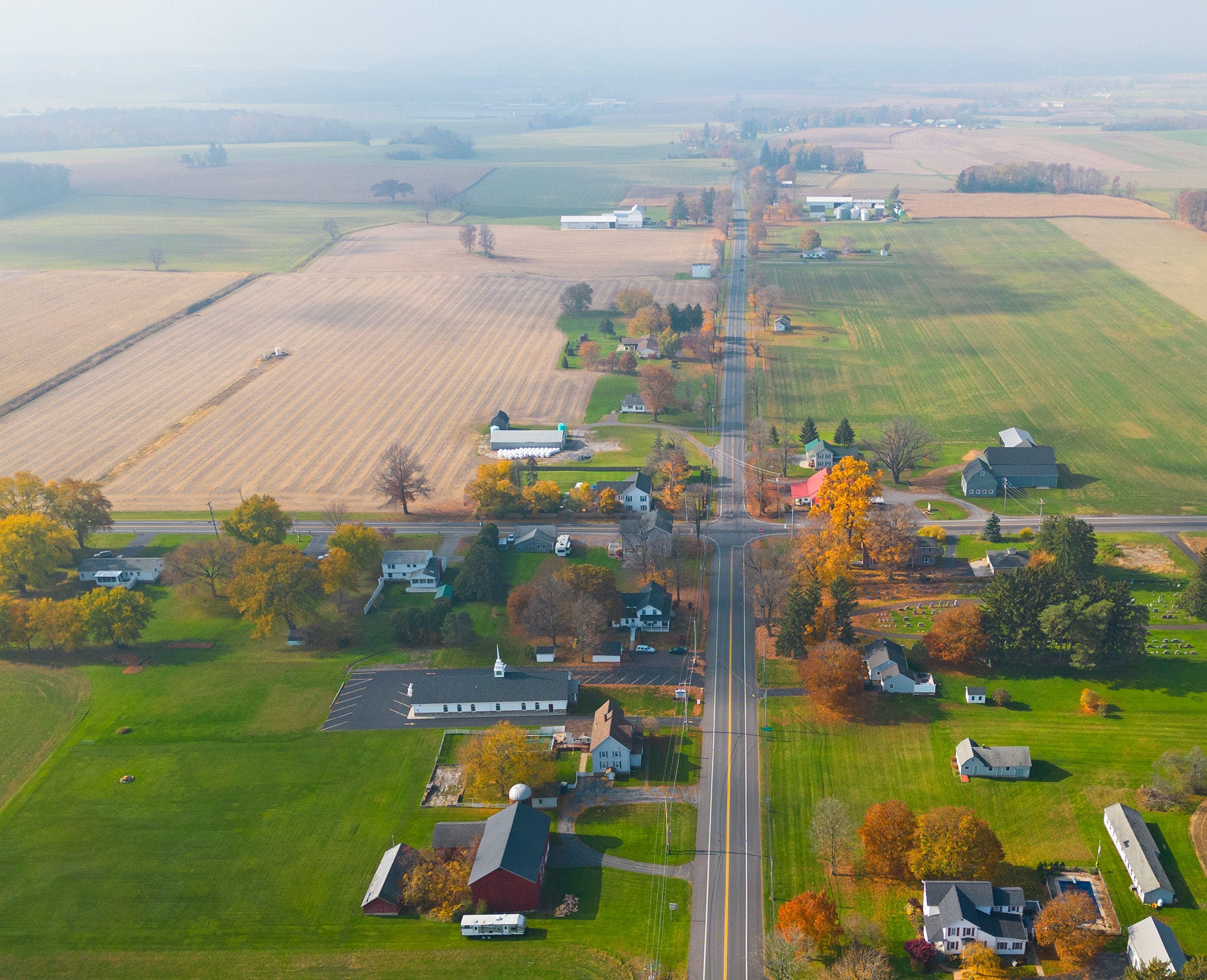
To us, being customer-focused means being sustainability-focused
We believe serving our customers with sustainable products and practices can help further their own environmental, social and financial commitments
We believe that a positive workplace culture is a force for strong sustainability practices, within Calix's and our customers' communities

We believe that our green technological innovation and responsible corporate practices make for a more sustainable tomorrow
While helping our customers build green broadband networks, we’re also doing our own part
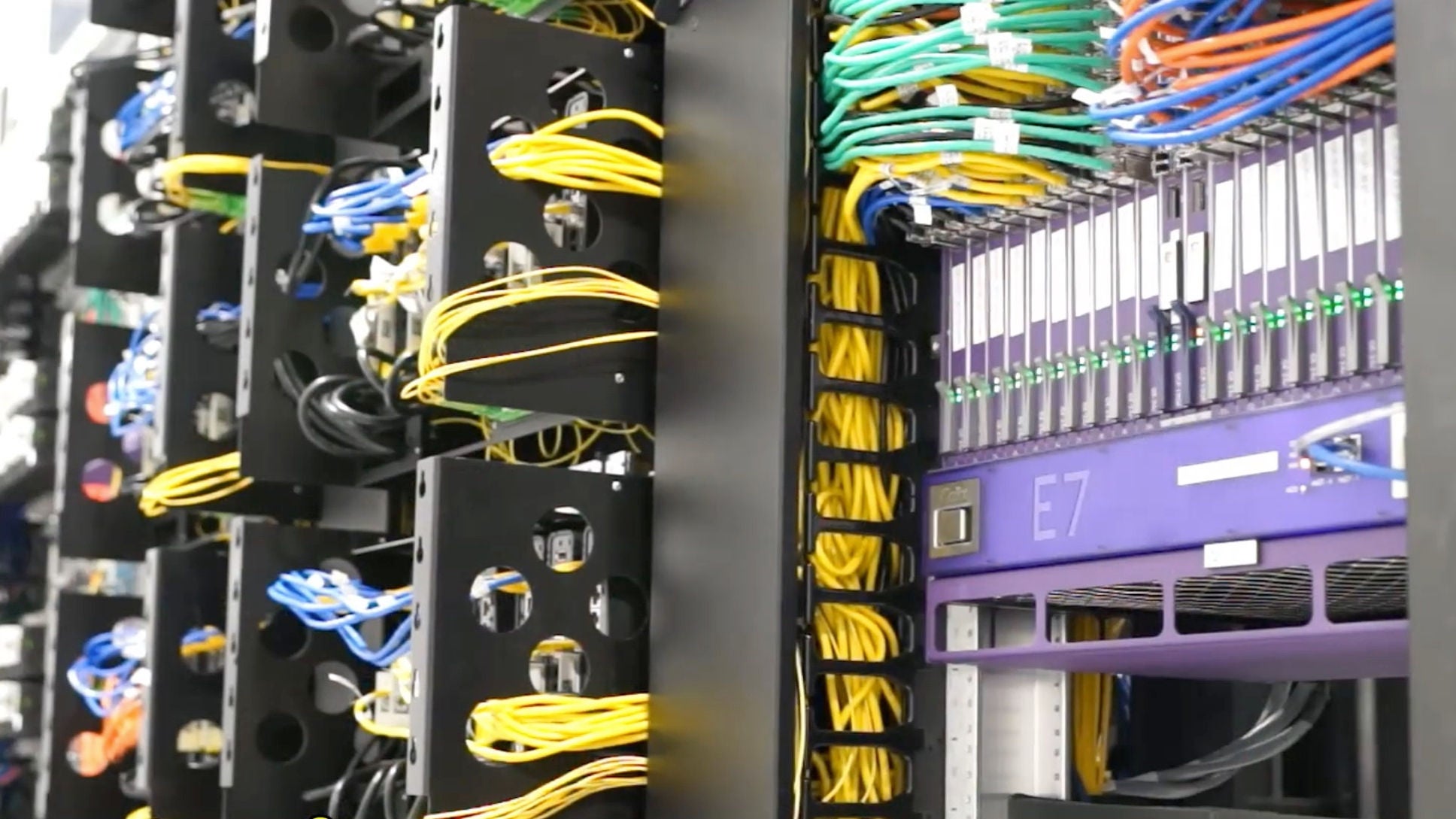
We've consolidated all of our labs into one, enabling our workforce to access essential equipment—from anywhere.

Take a look at our Codes of Conduct showcasing our commitment to an environment where open, honest communications are the expectations, not the exception.

Visit our Investor Relations Portal to see what we are doing to be environmentally, socially, and financially responsible.
Milestones of progress
Awards and recognition

Calix employees underscored that the company has rapid momentum and a bright future, buoyed by high employee confidence.

Calix wins 2025 best company for diversity award from Comparably

Our San Jose headquarters building is certified as a Gold LEED green building rating system, signifying a high level of achievement in sustainable building practices.

Calix is ranked among the top 16 companies out of 140,000 in the electronics, telecom, and semiconductors industries for supply chain excellence by Resilinc, a global leader in supply chain risk intelligence.

Our India Development Center location has earned the prestigious LEED Certification, a significant milestone underscores our commitment to sustainability and innovation.
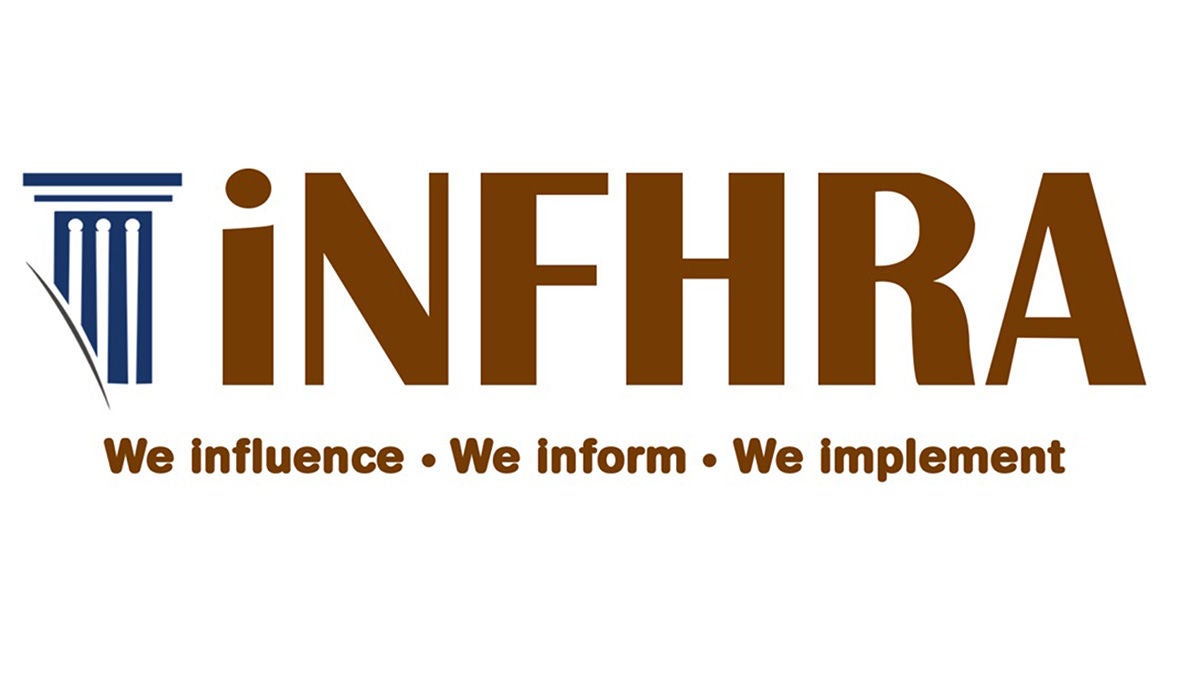
Calix India Development Center has been awarded the Gold Award for Workplace Excellence in Sustainability at the iNFHRA Workplace Excellence Conference and Awards, reflecting our ongoing commitment to building a more sustainable future.
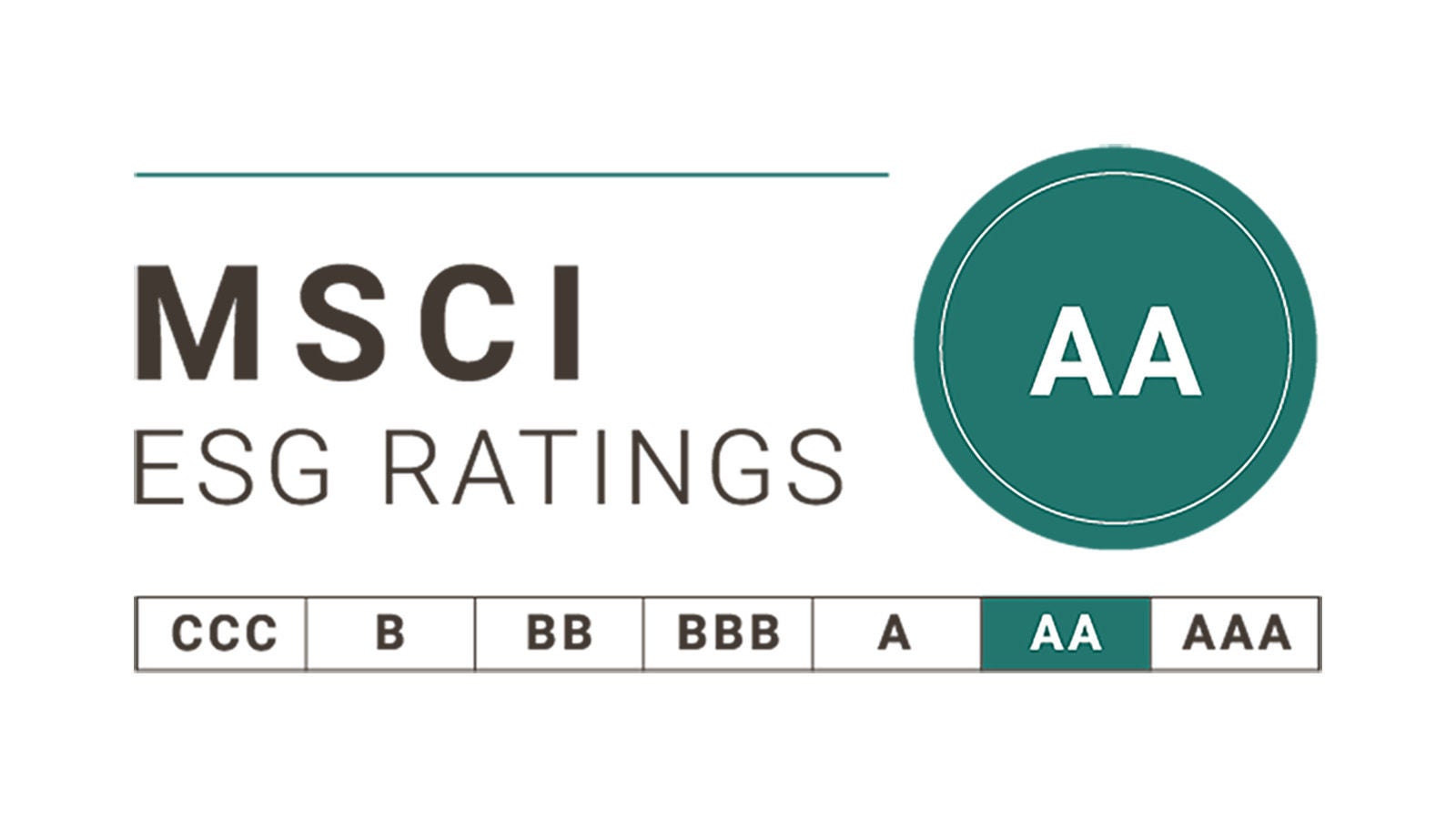
Calix earns an AA rating from the environmental, social, and governance ratings agency MSCI—a distinction shared by only 18 percent of companies evaluated—recognizing the company’s exemplary sustainability practices, including leadership in attracting and retaining top talent

Fiber Broadband Association’s award highlights organizations who “Deliver a Superior Subscriber Experience in a Rapidly Changing Environment” proof of concept (PoC). With $1 billion invested over 11 years into the industry’s leading end-to-end platforms, Calix enables BSPs to layer value-added subscriber services on top of their managed Wi-Fi offerings.

American Business Awards gives the Calix Broadband Platform a Stevie award for sustainability and climate protection.
- Outlook
- Diversity
- Leed headquarters
- Resilinc
- Leed
- iNFHRA
- MSCI
- Fiber Broadband Association
- Stevie Award

